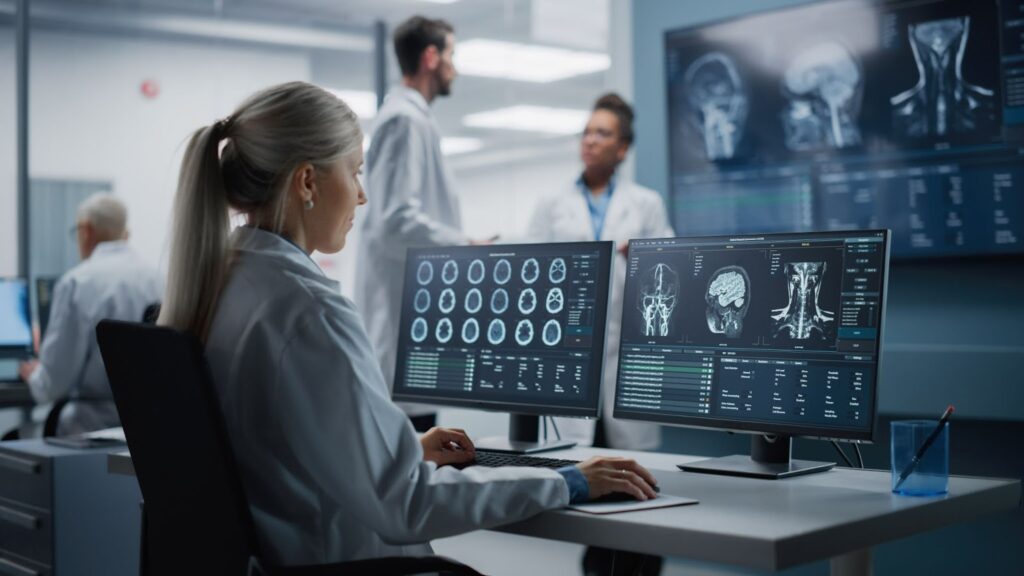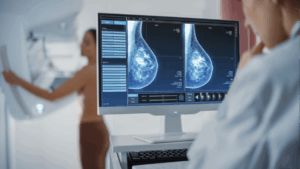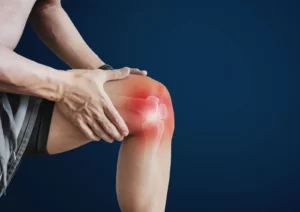In the realm of medical diagnostics for head injuries, CT scans stand out for their ability to offer detailed and swift insights.
This essential guide goes into the significance of CT scans, delineating why they’re crucial, their role in understanding head injuries, and the critical information they provide to healthcare professionals.
Why CT Scan is Important for Head Injuries
CT scans are important in medical diagnostics, especially for head injuries, due to their precision in depicting detailed images of the brain, skull, and other cranial structures.
Their speed and efficiency are unmatched, particularly in emergency situations where they can identify fractures, bleeding, and other conditions requiring immediate attention.
Understanding Head Injuries
Head injuries are complex and vary significantly in severity and impact, necessitating accurate diagnostic tools for appropriate treatment.
Types of Head Injuries:
These are some of the indications for CT scan after head injury:
- Concussions: Temporary impairment resulting from a blow to the head.
- Contusions: Bruising or bleeding on the brain’s surface.
- Skull Fractures: Breaks in the bone encasing the brain.
- Intracranial Hematoma: Clots forming inside the skull or brain.

Common Symptoms of Head Injuries:
- Sudden loss of consciousness
- Confusion or disorientation
- Nausea or recurrent vomiting
- Persistent headache
- Vision disturbances or pupil size changes
How CT Scans Help in Diagnosing Head Injuries
CT scans are instrumental in identifying internal injuries, such as bleeding, clots, and swelling, allowing for timely and targeted interventions.
Their accessibility in emergency settings makes them invaluable for saving lives and preventing long-term disability.
When is a CT Scan Recommended for a Head Injury?
Healthcare providers usually recommend a CT scan when a patient shows significant or alarming symptoms or the criteria for CT scan after head injury like unconsciousness, repetitive vomiting, or seizures, and in scenarios where patients cannot adequately express their pain or symptoms, such as those under the influence of alcohol or drugs.

What Can a CT Scan Show in a Head Injury?
A CT scan can reveal critical issues like hemorrhages, skull fractures, brain contusions, swelling, and prior cerebral incidents, offering a comprehensive view that informs the treatment strategy.
Leveraging CT Scans for Effective Head Injury Management
CT scans undeniably transform the management and treatment of head injuries, offering detailed insights quickly, which can be the difference between life and death or full recovery versus long-term impairment.
Discover the Advantage with One Step Diagnostic
At One Step Diagnostic, we recognize the integral role CT scans play in diagnosing and managing head injuries.
Our up to date facilities are equipped with the latest in CT technology, ensuring that patients receive the most accurate diagnoses swiftly.
Our team of dedicated professionals is committed to providing exceptional care, guaranteeing that you and your loved ones are in safe hands when every moment counts.
Trust One Step Diagnostic for the best diagnostic care that arms healthcare providers with the vital information needed to make informed treatment decisions.
Visit us to learn more about how we’re pioneering better care for head injuries and beyond.




